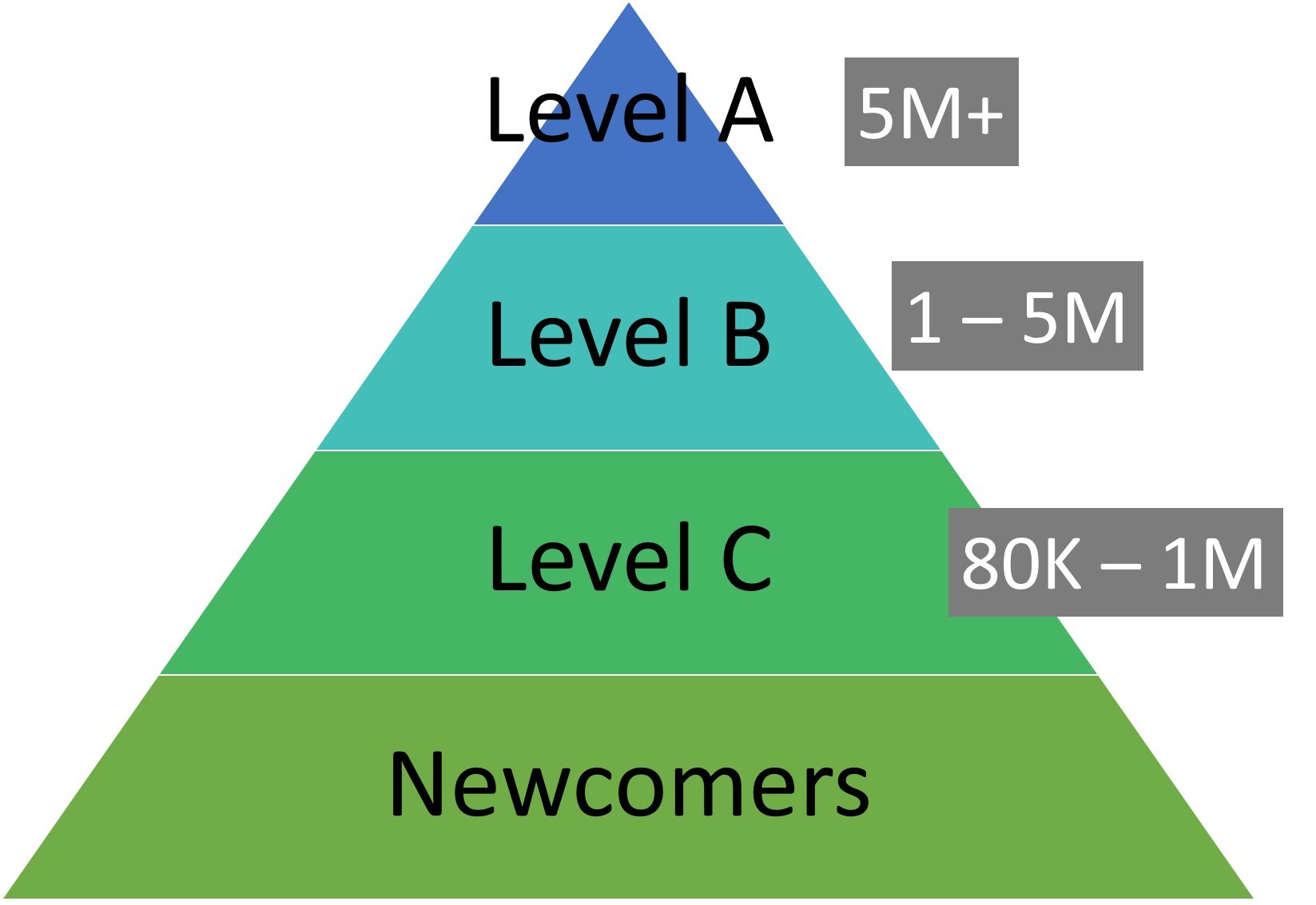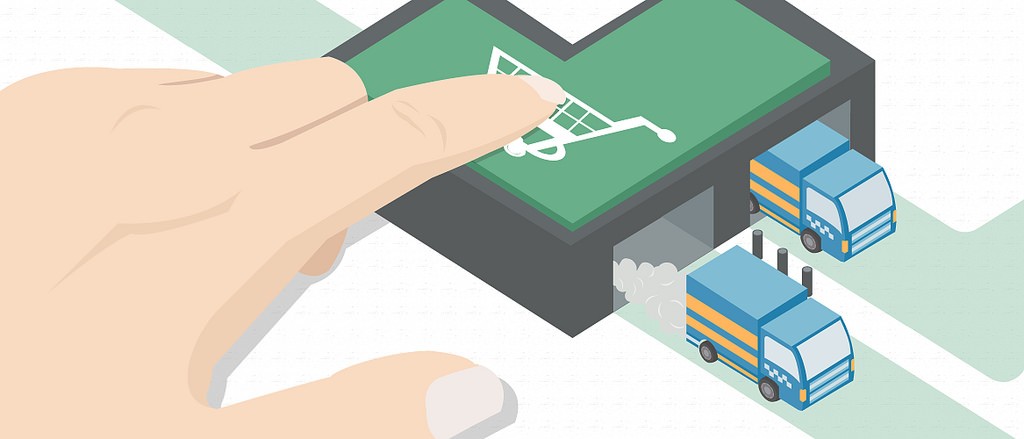Pitfalls to avoid when e-commercializing traditional enterprises -FunCity CEO’s talk on E-commerce (Part I)
Translated by 半月
“You may not know who I am.” Said Brenda Tsai, CEO of FunCity. “ But I bet all of you have used the platform I built!”
Brenda is the first lecturer of “Forum of E-commerce development and traditional selling models .” She has worked for e-Dynamics, PChome and Yahoo in E-commerce. In 2015, she founded FunCity, being the agent of Shopline e-commerce platform and providing e-commerce related service.
Entrepreneurs, managers and people with different background in E-commerce attended the lecture. Brenda was happy about this. “I had been to Japan purchasing Burberry goods to sell in Taiwan, and also had the experience of running a two-story boutique in Ximenting, Taipei. I know the problems that sellers may encounter. And now, I am here to help.”

After briefly introducing herself, Brenda went directly on the subject. “There was once a seller Mrs who sold Bio dried fruits and dumplings. Her target customers were white-collar workers. She collaborated with individual small farmers and firms, helping them with packaging and selling. Another example, a woman saw some French brand selling circular scarves for babies, she brought these products and really made it big. She has once hit the record of getting 8-million-NTD order in one single day.”
The revenue in E-commerce has reached 1,000 billion NTD with more than twenty thousand existing B2C platforms. However, strategic problems caused most of them lose money. “Sellers can be categorized into four levels by monthly revenue. Newcomers that get orders from time to time. Level C sellers that earn eighty thousand to one million NTD. Level B sellers earn one to five million. As for A-level sellers, their revenue goes beyond 5 million. In Taiwan, most sellers fall in the range of level C.”

Traditional enterprises in the E-commerce era: unable to see, unable to get, unable to understand, unable to catch up
Brenda used the example of “physical store owners thinking about going into e-commerce” to talk about the challenges they may face:
- Unable to see: What revenue can E-commerce bring?
- Unable to get:They just cannot get the importance of E-commerce actually earning more money
- Unable to understand: There are too many new apps or tools to learn and new ways to sell
- Unable to catch up: They may get lost or tired in the game
In E-commerce, the first year is crucial. It will be difficult to continue if the cost is not covered in the first year.“E-commercialization is the first step. Promoting products is an issue. Traditional E-commerce channels may have problems like high cost or insufficient web functions. By the way, building a good website is important but many sellers invest too much time on it. We are SELLING things here. We should always put emphasis on marketing!”
“Besides, we see conflicts between physical and online sales. Some sellers mixes their stocks online and offline, and this causes competition.“

Brenda also mentioned product is really the key to success. “If you get one product that really stands out (for example, an authorized Mac USB key), your business can thrive only by this product. Otherwise, you may want diversity.”
“Every seller has their own way to thrive. Products with high gross profit can go to websites like PCHome. They can guide the right customers to your products. The cause is 25% of your revenue. If you deal with the customers yourself, try set up your own website or a shop in online shopping mall, the cost will be 5-7 %. Even smaller-scale sellers can go for auction sites like Yahoo or Shopee for a warm-up test. If you got a good product with insufficient employees, try shopping centers! “
Don’t wait till “I have enough money”
There are 4 common problems of E-commercialization. First, people may think that it is a huge investment (not cost, according to Brenda). Second, sellers do not have experience in E-commerce so they do not know what to do when encountering problems. Also, brand marketing can be time consuming. Finally, sellers may have wrong attitude about this.
Well, what is wrong about their attitude?
“When creating or making a change in the business, people tend to dream big while doing little. I hear often people saying ‘Let’s wait till I earn enough money.’ Yeah, let’s wait till then to do marketing, to set up the website properly. If this is the case, why do you think customers will buy things from you? These are inevitable costs!”
Finally, it could be hard to deal with individual customers directly. “In the past, suppliers dealt with mid suppliers. Now, they need to face customers themselves online. This can cause problems! For example, how many of you think 24 hours for delivery is long enough?” seeing one third of the audience raising their hands, Brenda laughed. “Yeah. But do you know how costly this is? A box that arrives within 24 hours cost no less than 120 NTD in the post office. More importantly, no one deals with customer complaints for you now. Trust me, they complain a LOT! As a seller, don’t forget how it feels as a customer and why are your hands up now.”
Part II is coming soon…..
中文版連結
封面圖片:PanX










留言討論